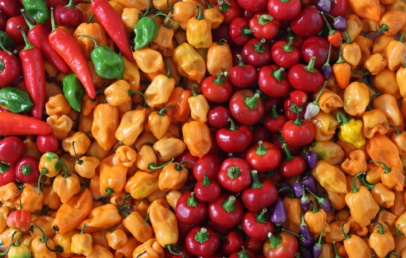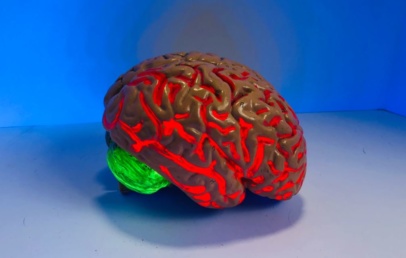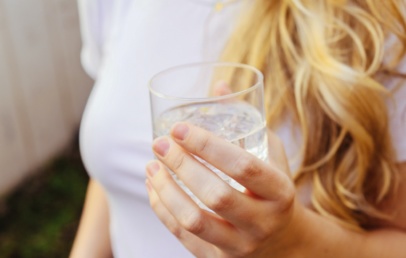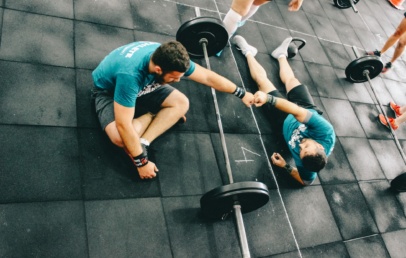
It’s not cheese, though it sure looks like it.
What’s the first thing you think of when you hear “yeast?” Bread? Beer? Beer and bread? Those are valid guesses, though to clarify, the yeast that goes in bread or beer production is called “activated yeast.” See, yeast is a microscopic fungus, so when it’s activated, it’s “alive,” in a manner of speaking. Activated yeast converts sugar into alcohol and carbon dioxide, which is why it makes bread rise, among other things. But what about deactivated yeast?
Deactivated yeast, better known as nutritional yeast or “noosh” in some circles, isn’t alive, and doesn’t do yeast’s little conversion trick. It’s usually found on the surface of molasses, especially the kinds created from sugarcane and beets. It looks like yellow powder or flakes; in fact, to the untrained eye, it bears a striking resemblance to powdered Parmesan cheese. In an interesting coincidence, deactivated yeast has a flavor profile that’s often likened to cheese, with a bit of a nutty undertone. This has made it a popular choice as a vegan popcorn topping.
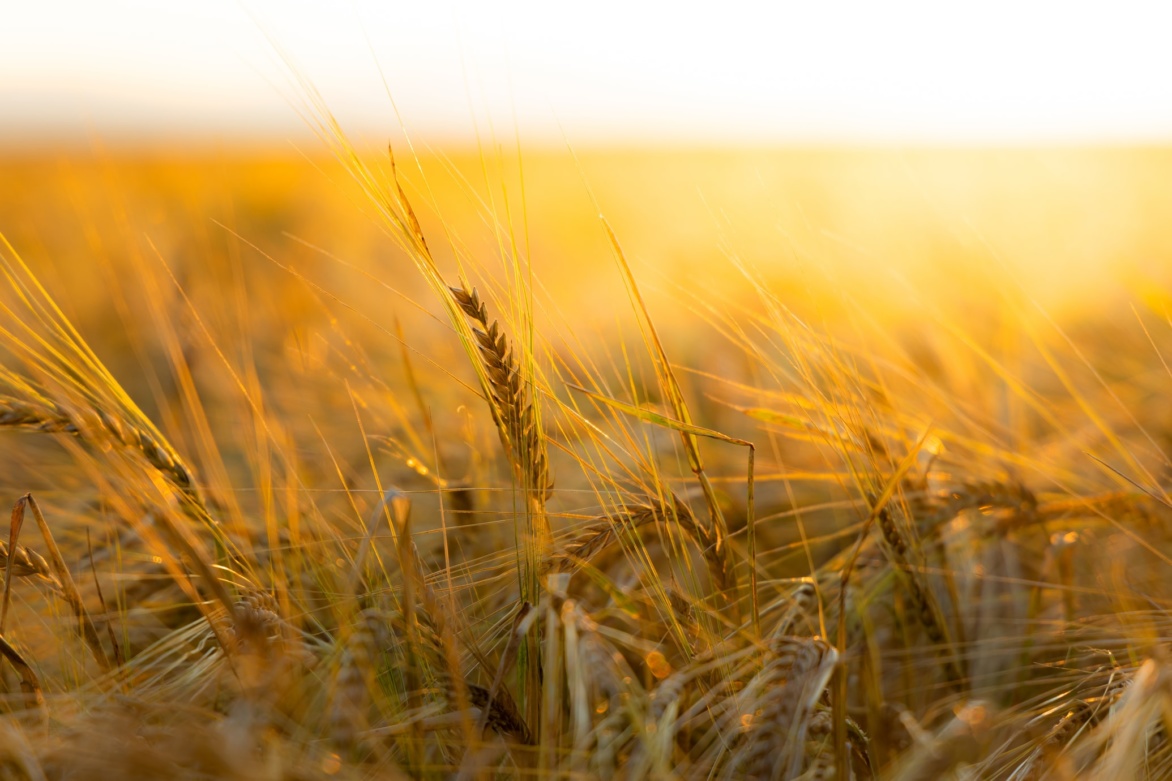
But surely something that tastes like cheese and goes on popcorn can’t be healthy? On the contrary, nutritional yeast is quite rich in multiple vital nutrients. Just two tablespoons of this stuff will get you your entire daily recommended supply of eight essential B vitamins, especially vitamin B 12. Nutritional yeast is also high in protein, fiber, and essential amino acids. The only downside to nutritional yeast is that it’s still, y’know, yeast. Some people have a sensitivity to yeast that can make consuming nutritional yeast a bad idea, and it’s also not recommended for those with IBS or chronic migraines.
If you want a tasty topping for your food without smothering it in cheese (and the world could always use more cheese substitutes), nutritional yeast is a fantastic choice.

